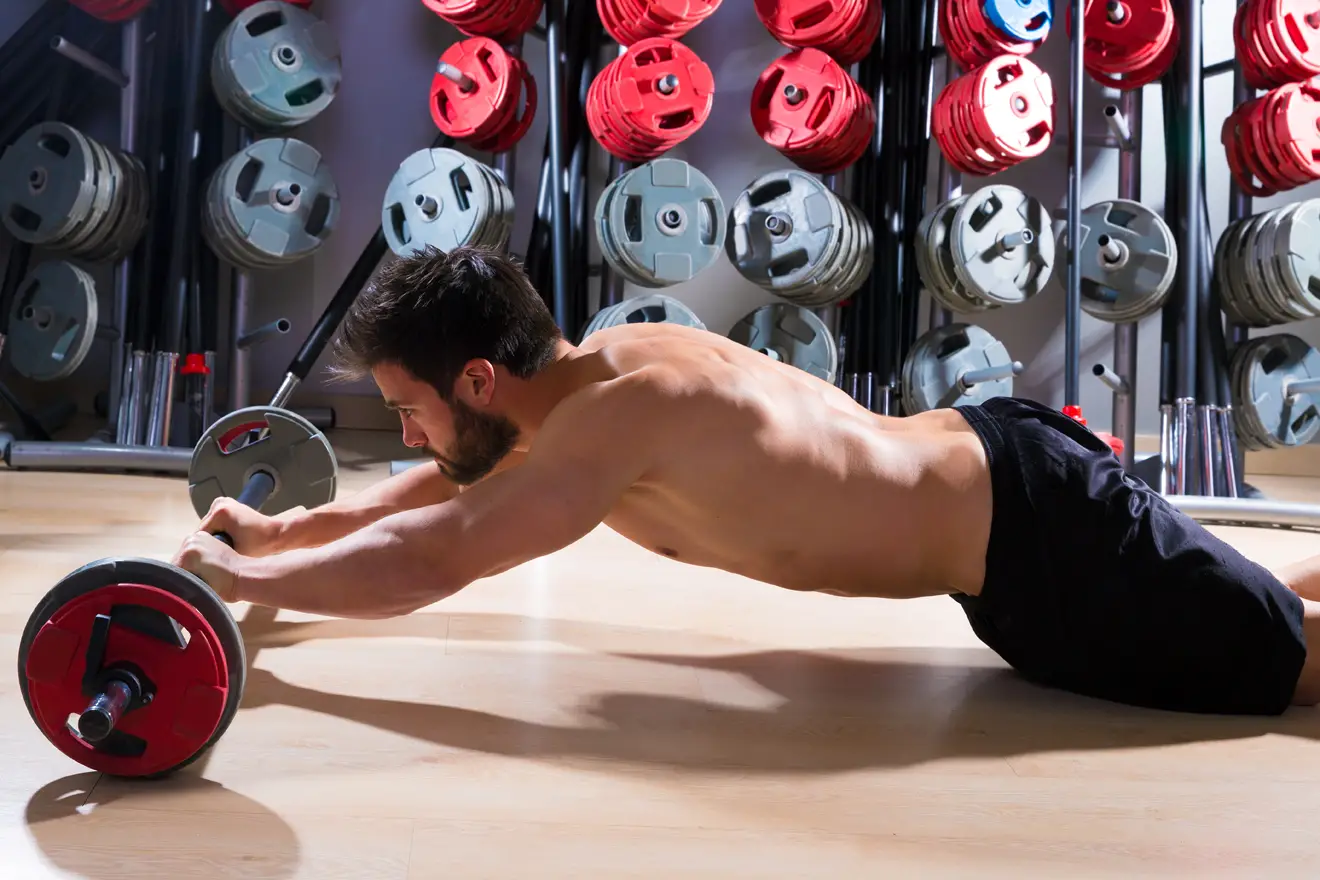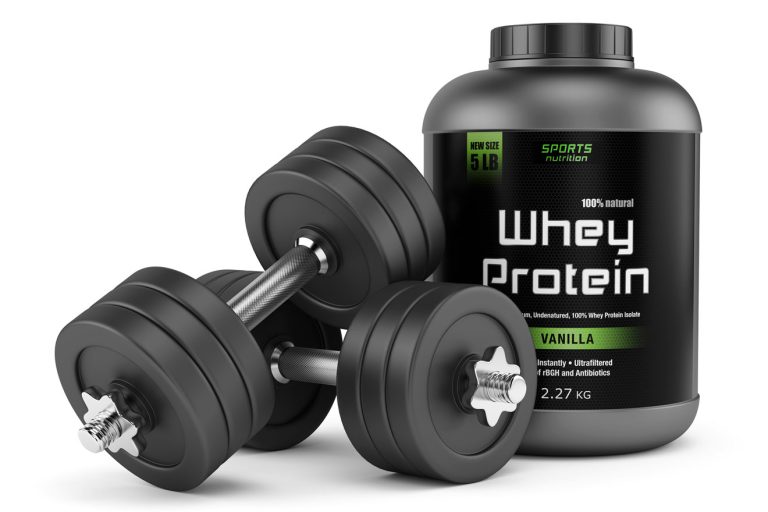What are the pros and cons of bodyweight training?
Bodyweight training can be a convenient and inexpensive way to train. This training style is also accommodating to a variety of people, with a variety of goals, including those who want to build a moderate amount of muscle and strength, those who want to improve functional fitness and athleticism, those who want to lose weight, and even those who want to improve endurance and cardiorespiratory fitness.
However, there is a reason people buy gym memberships and don’t just do bodyweight workouts in their backyards. Training with only your body weight has limitations. This article explores the pros and cons of bodyweight training to help you decide whether it aligns with your fitness goals.
What exactly is bodyweight training?
Bodyweight training is a form of resistance training that uses a person’s body weight as the main form of resistance. Numerous examples of bodyweight exercises can be found in our Exercise Database.
Bodyweight training sometimes requires specialised equipment, such as benches, TRX suspension trainers, plyometric boxes, or various sturdy bar/pole setups that can support a person’s body weight. Common examples of bodyweight exercises that require specialized equipment include the hyperextension, chin-up, and wheel rollout.
The benefits of bodyweight training
A convenient way to train that doesn’t require a gym
The most obvious benefit and appeal of bodyweight training is that it allows you to work out nearly anywhere you have space. Even though some bodyweight exercises require equipment, there are still dozens of exercises that require nothing other than your own body to be done effectively. This is great for busy people who don’t have much time for the gym, people who can’t afford a gym membership, and people who don’t have close access to a gym.
Exercise difficulty is often modifiable
No matter your strength or experience level in training, many bodyweight exercises can be made easier or harder. For example, a push-up can be made easier by doing incline push-ups or knee push-ups, or it can be made more difficult by doing decline push-ups or deficit push-ups.
In other exercises, such as ones that utilize the TRX suspension trainer, adjusting the level of difficulty is as simple as changing how much of your body weight is being held up by the TRX apparatus. In the TRX row and inverted row, for example, the exercise becomes more difficult as you lean further back and get closer to the ground. Conversely, these movements become much easier as you stand up straighter.
Builds functional strength that is useful outside the gym
Most bodyweight exercises are categorized as ‘functional’ training. This means that the strength, coordination, and endurance developed from these exercises can make everyday activities easier. Exercises that allow you to become comfortable moving your body weight around can have major benefits in all areas of your life, especially as you become older.
It can be one of the best ways to burn calories
Bodyweight exercises are a staple in many circuit training routines. This is because most of them are easy to transition between and often recruit many muscle groups. By performing many safe yet effective bodyweight movements in quick succession, you’re able to keep your heart rate elevated and maximize calorie burn.
The downsides of bodyweight training
Progression isn’t always linear, nor is it always possible
One of the key principles of training is progressive overload, wherein you keep increasing either the amount of weight or the amount of volume (number of sets and reps) to keep forcing progress. In this regard, bodyweight training has serious limitations.
When it comes to increasing the number of sets or reps for a bodyweight exercise, this can be simple. However, this is not a viable means of progression if your goal is to build muscle or strength; it is only viable if your goal is to develop endurance. Even then, the endurance benefits will diminish as you keep increasing the number of repetitions.
If your goal is to build muscle or strength, you need to keep increasing the amount of weight. Without using additional equipment, this is possible to some extent with some bodyweight exercises, but it’s not possible with others. For example, you can increase the amount of weight you use with the push-up by switching from push-ups done from your knees to push-ups done from your toes, but you can’t increase the amount of weight that you use with the wheel rollout without buying a weighted vest (or using a backpack).
Even if you manage to switch from knees to toes (this can be very difficult for some people), or even if you buy a weighted vest, you can’t continue to progress these exercises beyond a certain point, which will limit your results.
Exercise selection can be limited
Despite there being a somewhat large number of bodyweight exercises, not all of them are applicable to every lifter. For advanced lifters, simple planks, push-ups, and sit-ups can become too trivial for the reasons explained above. Conversely, for beginner lifters, exercises such as the sissy squat and pull-up are far too difficult, even when done with assistance.
This limited selection of exercises becomes even more problematic when you consider each muscle group by itself. For example, there is a vast array of bodyweight quad and abdominal exercises to choose from, whereas there is a severe lack of inner thigh, outer thigh, back, and biceps exercises. This disparity between muscle groups can lead to strength and muscle size imbalances.
Does bodyweight training align with your goals?
The benefits and effectiveness of bodyweight training cannot be denied. However, bodyweight training is only useful for you if it is effective in helping you reach your desired fitness goals.
Bodyweight training can be an amazing option for people with simple fitness goals who don’t wish to have to train in a traditional gym. They will still be able to get all of the benefits of training that they would get from lifting weights in a gym—strength, muscle growth, etc.—although likely to less of an extent.
For people with serious goals of putting on large amounts of muscle mass or lifting heavy weights, bodyweight training will not be much help beyond a certain point. That said, some bodyweight exercises still hold an important place in these peoples’ routines when done alongside traditional resistance training exercises.
With all pros and cons of bodyweight training considered, bodyweight training may be most effective as part of your routine, rather than your entire workout routine. To learn more about bodyweight training, including how to design your own bodyweight workouts, see our Bodyweight Training Guide.







